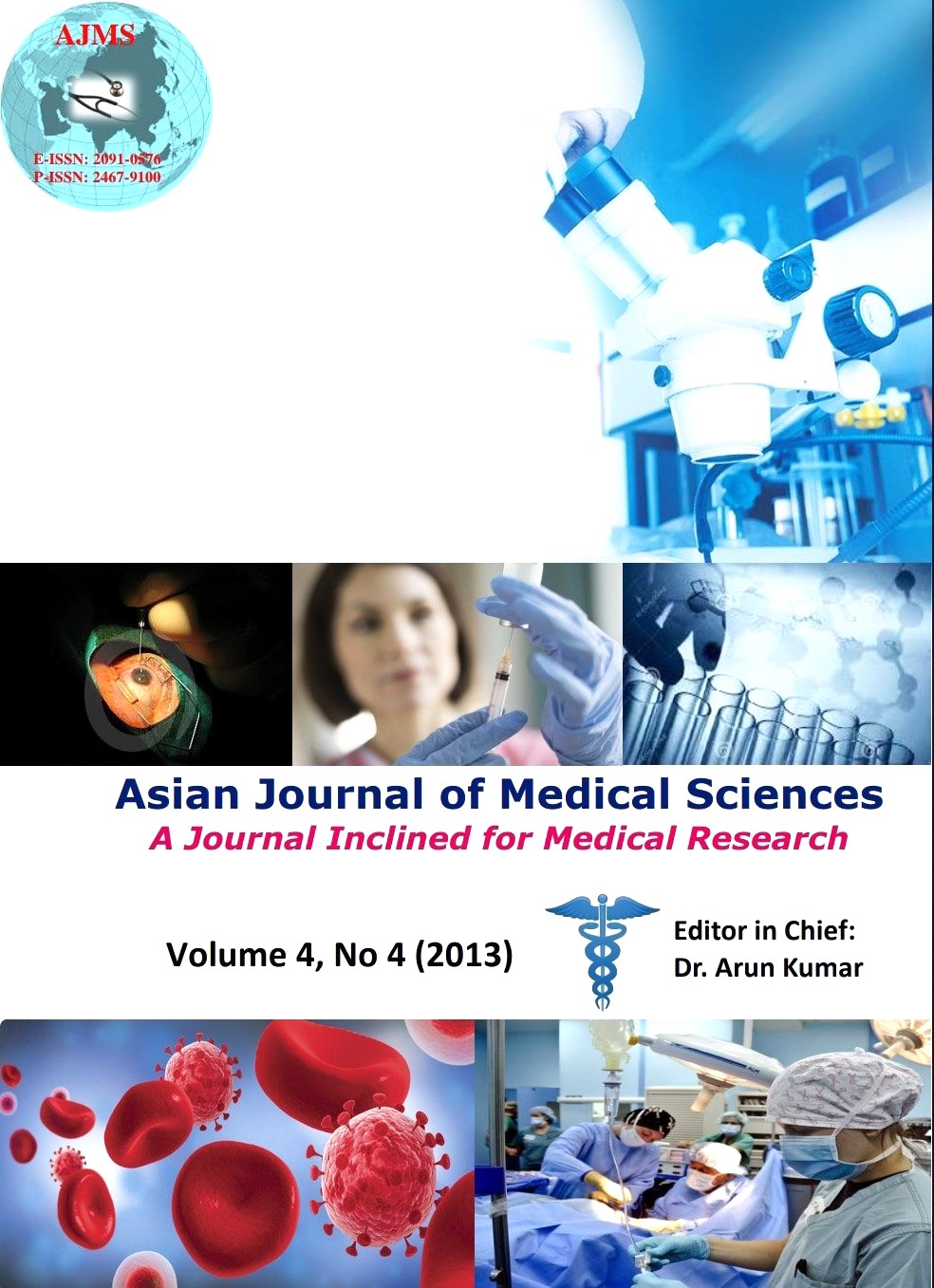Primary Orbital Myxoid Liposarcoma: A Case Report and Review of Literature
Keywords:
orbital myxoid liposarcoma, radiotherapy, computed tomography, magnetic resonance imagingAbstract
Liposarcomas are common malignant soft-tissue tumors, which come from primitive mesenchymal cells and differentiate into adipose tissue. These tumors are more commonly found in lower limbs and retroperitoneal region but also reported in pharynx, lung, liver, digestive tract, diaphragm, as well as in the spermatic cord. We reported a case of primary orbital myxoid liposarcoma in a 20-year-old female patient presented with a painless proptosis of the right eye. The mass was pathologically diagnosed as a myxoid liposarcoma. The tumor recurred in 9 months after surgical intervention. The second surgery was performed and followed by postoperative local radiotherapy. No recurrence has been reported after one year of follow-up. We highlighted the role of CT and MRI findings in the tumor diagnosis and the importance of local radiotherapy after surgery.
Asian Journal of Medical Science, Volume-4 (2013), Pages 28-32
DOI: http://dx.doi.org/10.3126/ajms.v4i4.8311
Downloads
Downloads
Published
How to Cite
Issue
Section
License
Authors who publish with this journal agree to the following terms:
- The journal holds copyright and publishes the work under a Creative Commons CC-BY-NC license that permits use, distribution and reprduction in any medium, provided the original work is properly cited and is not used for commercial purposes. The journal should be recognised as the original publisher of this work.
- Authors are able to enter into separate, additional contractual arrangements for the non-exclusive distribution of the journal's published version of the work (e.g., post it to an institutional repository or publish it in a book), with an acknowledgement of its initial publication in this journal.
- Authors are permitted and encouraged to post their work online (e.g., in institutional repositories or on their website) prior to and during the submission process, as it can lead to productive exchanges, as well as earlier and greater citation of published work (See The Effect of Open Access).




